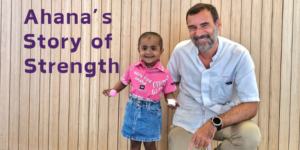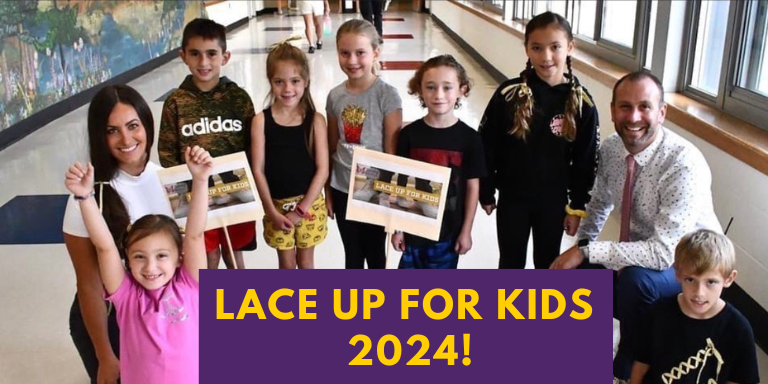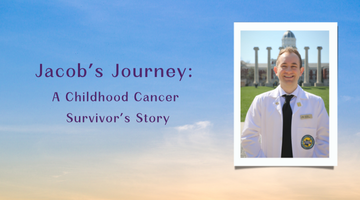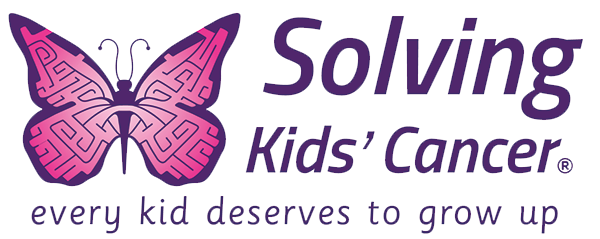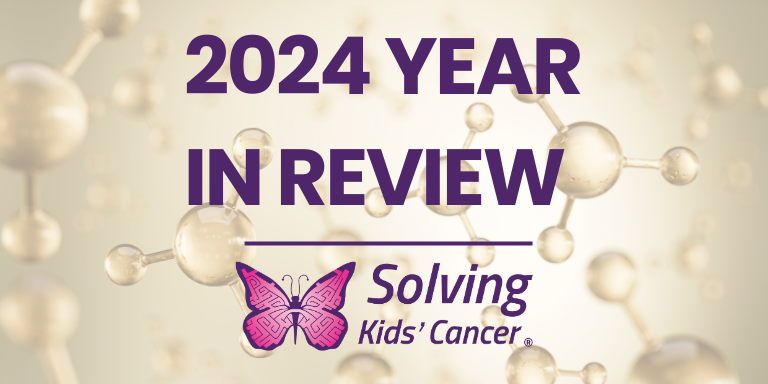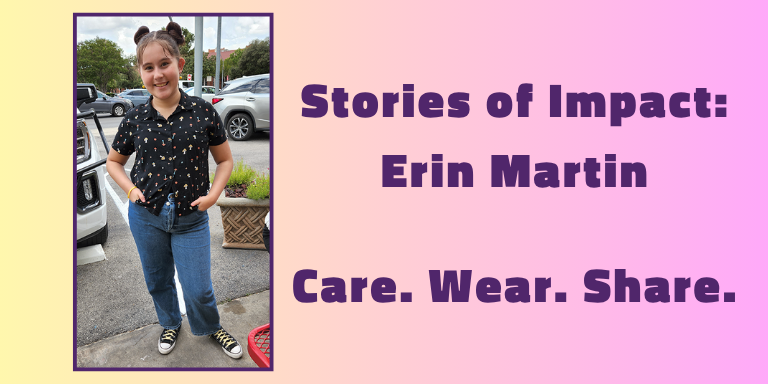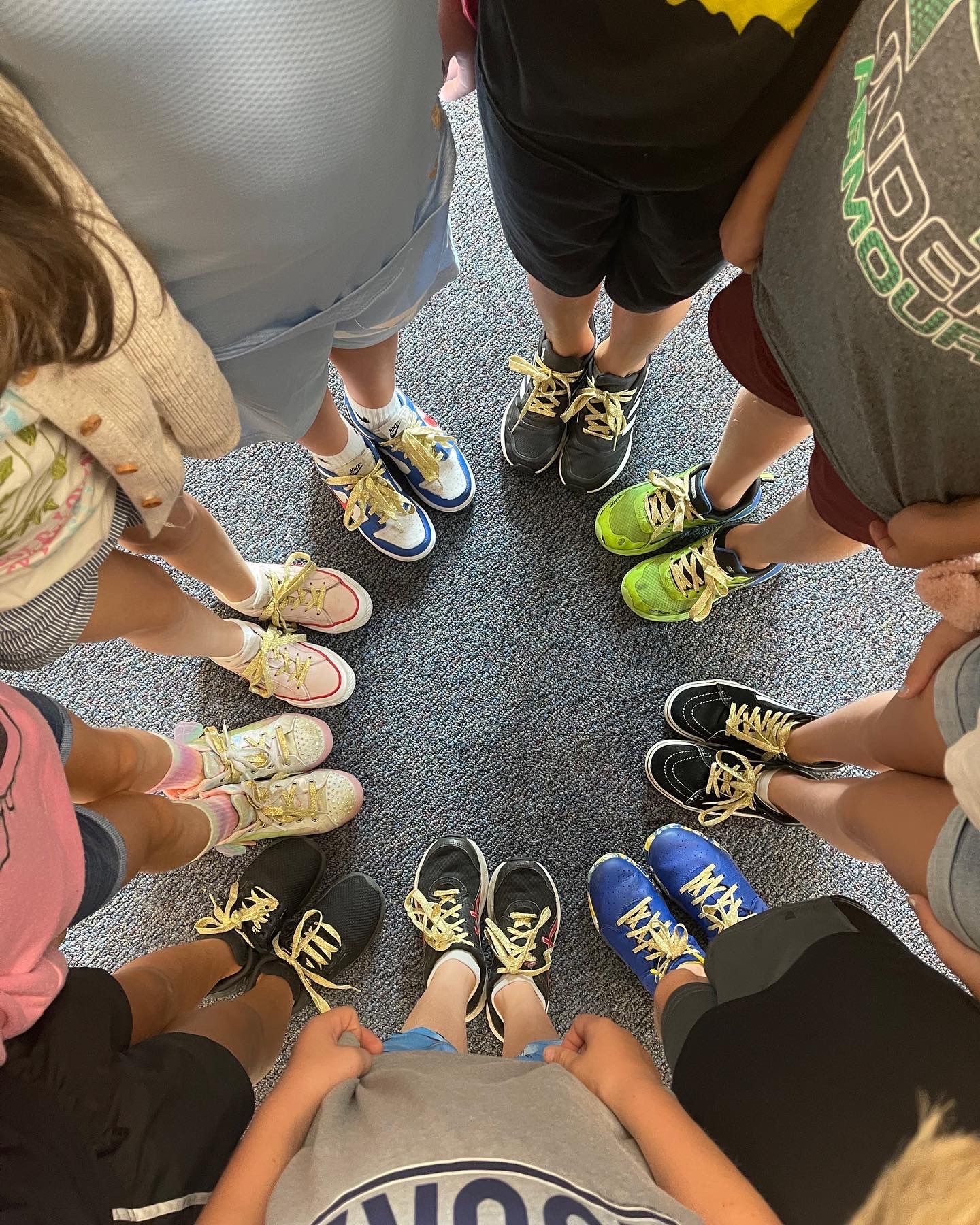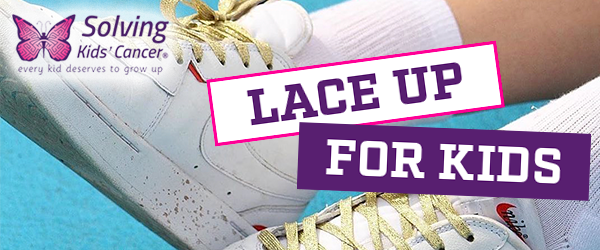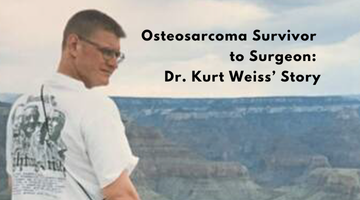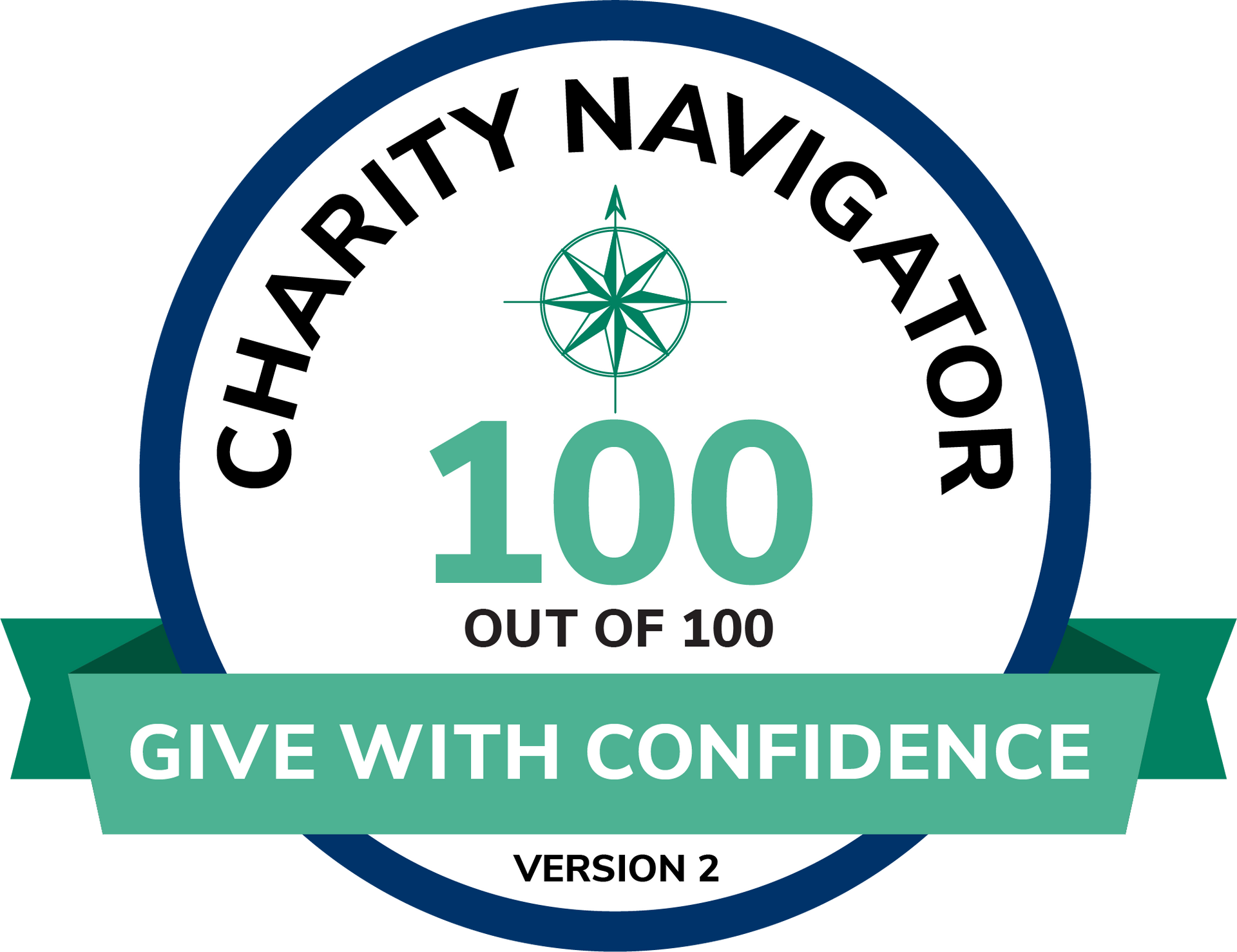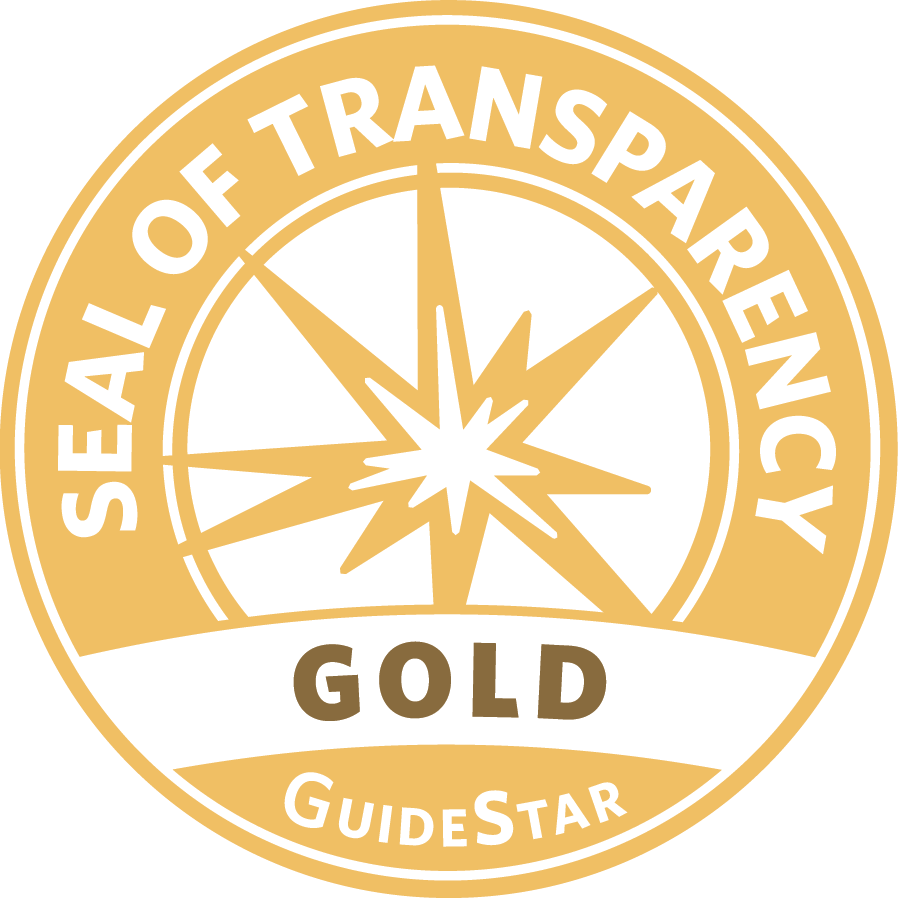Bone Cancer and Sarcoma Awareness Month
5 Key Facts About Bone Cancer and Sarcoma Awareness Month
July is recognized as Bone Cancer and Sarcoma Awareness Month, and it’s the perfect time to learn more about these rare and challenging cancers that affect our young superheroes. Sarcoma and bone cancer can have a huge impact on the lives of young patients and their families, causing physical and emotional challenges that extend far beyond the diagnosis itself. But with knowledge, support, and a sprinkle of hope, we can make a difference!
Here are 5 key facts you should know about these rare childhood cancers and how you can join the mission to support the children and families affected.
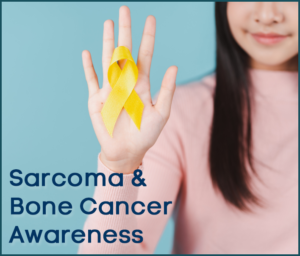
1. Survival Rates Vary
Did you know that survival rates for sarcoma and bone cancer depend on various factors, including the type and stage of cancer? According to the American Cancer Society, the five-year survival rate for soft tissue sarcomas is 65.8 percent, while it is slightly higher at 68.9 percent for bone and joint sarcomas.1 These rates drop significantly based on how far the cancer has spread at the time of diagnosis. Early detection and timely treatment play a crucial role in improving survival rates. So, let’s spread the word and catch it early!
Dr. Kurt Weiss’ Story
At age 15, Dr. Kurt Weiss was diagnosed with osteosarcoma, a rare and aggressive bone cancer. Despite the challenges, including a leg amputation, he overcame the disease thanks to a life-saving clinical trial. Today, Dr. Weiss is now a surgeon and researcher dedicated to finding a cure for sarcoma.
[DONATE NOW] [READ MORE ABOUT DR. WEISS]

2. Diagnosing Bone Cancer and Sarcoma: A Real Challenge
Diagnosing these cancers is like solving a tricky puzzle. Sarcomas start in connective tissues like muscles, fat, nerves, and blood vessels and can sometimes look like other, less scary tumors. This can make them hard to spot right away. Imagine finding a painless lump on your leg — it’s easy to ignore until it starts causing problems. That’s how soft tissue sarcomas can sneak by unnoticed.
Bone cancers, like osteosarcoma, often show up as pain and swelling in the bone. This can be mistaken for a sports injury or just growing pains. Think about a kid complaining of leg pain after soccer practice — it might seem normal, but it could be something more serious. This is why getting the right tests, like MRIs and CT scans, is so important. These advanced scans, along with biopsies, help doctors figure out what’s really going on. Because these cancers are rare, not all doctors are familiar with them, so seeing a specialist can make all the difference.
- Sarcoma Symptoms: Look out for a lump or swelling that doesn’t go away, pain in the affected area, and sometimes unexplained weight loss or feeling really tired.
- Bone Cancer Symptoms: Watch for persistent bone pain, swelling, and even fractures in bones that seem too weak.
3. The Hidden Battle: Risk of Secondary Cancers
Treating sarcoma and bone cancer is like fighting one big battle, but there’s a hidden enemy we also need to watch out for — secondary cancers. The sarcoma treatments that help kids, like surgery, chemotherapy, and radiation therapy, can often leave long-lasting effects, damaging cells and organs during a critical period of growth.
- Surgery: This can lead to pain, limited mobility, or differences in limb length. Rehabilitation and physical therapy become essential parts of the recovery journey.
- Chemotherapy: Known for causing fatigue, nausea, and hair loss, it can also weaken the immune system and increase infection risks.
- Radiation Therapy: This might cause skin irritation and fatigue initially, but it can also have long-term effects like impaired bone growth.
Survivors of sarcoma and bone cancer bravely face these challenges, but they also have to be vigilant about the risk of developing secondary cancers later in life. These could be stomach cancer, thyroid cancer, melanoma, or acute myeloid leukemia. Why does this happen? It’s likely due to previous cancer treatments, genetic factors, or other unknown causes.
- Stay Ahead: Regular follow-up visits and screenings are crucial. These check-ups help catch any potential secondary cancers early, ensuring our young warriors stay safe and healthy.
- Join the Conversation: Have you or someone you know faced these challenges? Share your story on our social media. Your experiences can provide hope and support to others.
4. Inherited Disorders and Sarcoma
Both bone cancer and sarcoma in children can be linked to certain inherited disorders. For example, children with Li-Fraumeni syndrome, a rare genetic condition, have an increased risk of developing osteosarcoma, the most common type of bone cancer.2 Genetic counseling and regular check-ups are essential for individuals with these inherited disorders to monitor their health closely and detect any bone cancer and sarcoma symptoms early.
5. Ways to Raise Bone Cancer and Sarcoma Awareness
Raising awareness about childhood sarcoma and bone cancer is essential to promote early detection, research advancements, and support for affected families. Here are some ways you can contribute to bone cancer and sarcoma awareness:
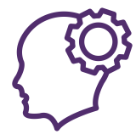
Educate: Learn about pediatric sarcoma and bone cancer signs, symptoms, and risk factors. Share this knowledge to promote early recognition and intervention.
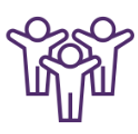
Get involved: Participate in events like walks, seminars, or social media campaigns, and wear a sarcoma awareness ribbon to show your support.

Advocate: Write to local representatives and policymakers, urging increased funding for research to improve treatment options, outcomes, and quality of life.

Donate: Make a difference by donating to pediatric cancer organizations that invest in research and provide vital resources to families.
Support Solving Kids’ Cancer This Bone Cancer and Sarcoma Awareness Month
Solving Kids’ Cancer is dedicated to investing in groundbreaking studies and clinical trials, aiming to unlock new treatments and improve survival rates for children with rare childhood cancers like sarcoma and bone cancer. Some of the latest research for sarcoma explores revolutionary approaches, including using high doses of a drug called ifosfamide, which has shown better results for certain hard-to-treat types of sarcoma.
When you give to Solving Kids’ Cancer, you’re not just donating; you’re fueling life-saving research initiatives, providing better outcomes, and transforming the lives of children battling these challenging diseases — because every kid deserves to grow up.
Source:
1 July is Sarcoma and Bone Cancer Awareness Month – https://www.aacr.org/patients-caregivers/awareness-months/sarcoma-and-bone-cancer-awareness-month/
2 A higher than expected fraction of adolescent osteosarcoma patients carry a gene mutation that is often inherited – https://www.cancer.gov/news-events/press-releases/2015/osteosarcoma-tp53-inherited-gene-mutation-adolescents
